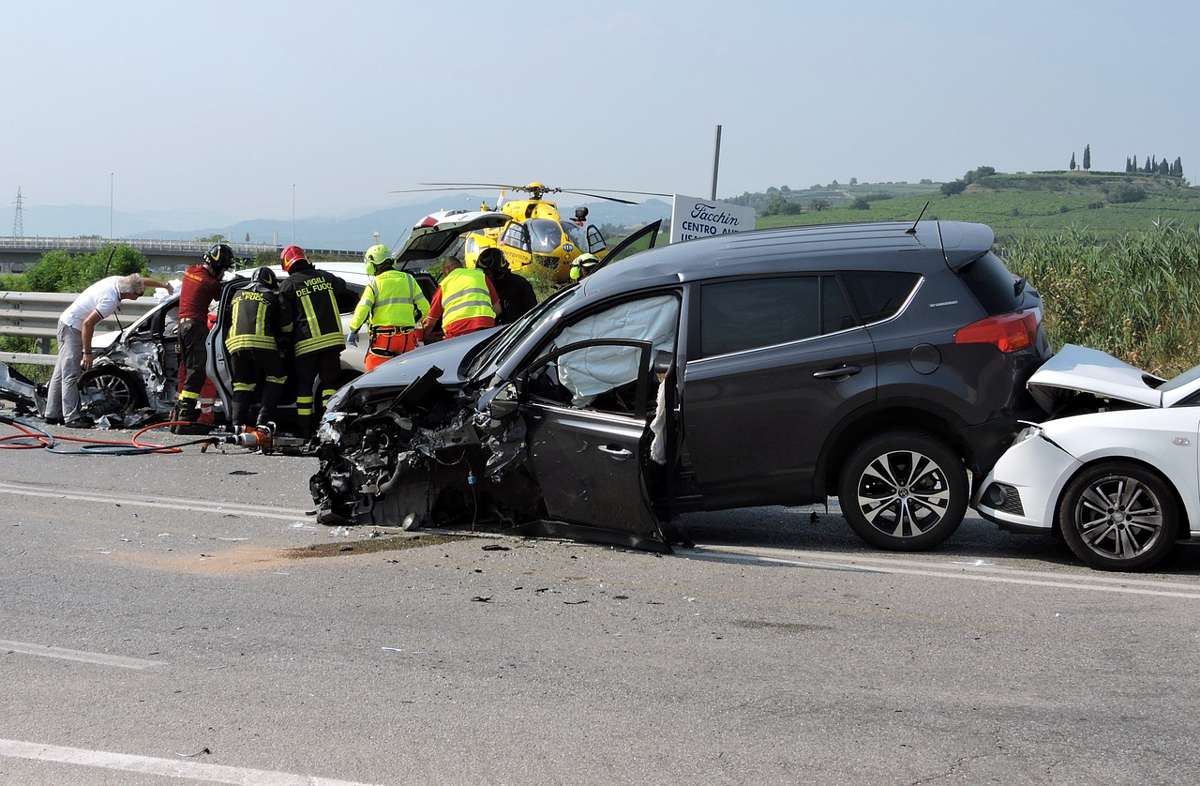How Improved Data Communication can minimize the Spike in US Traffic Deaths
The coronavirus pandemic has impacted so many aspects of our lives, but one of its most surprising consequences has been an actual decrease in roadway safety in the US.
This decrease seems counterintuitive, considering fewer motorists are out traveling on the road, but according to data recently released by the National Highway Traffic Safety Administration, there was a spike in the rate of traffic deaths per driven mile during the first half of 2020. Leave it to a crazy year like 2020 to see Americans driving far less, but car accidents occurring more frequently.
It all raises the larger question: how can we leverage technology to manage the roadways more effectively and help mitigate this safety risk?
As with many challenges facing us today, the answer may come from capitalizing on improved access to data. It turns out that through more effective planning and coordination, road agencies can minimize the danger to drivers, passengers, utility companies, and construction teams who are continuously put at risk while traveling or working on the road.
How? Advancements in traffic management software now allow these myriad agencies to produce better quality work zone data, and communicate it more effectively – amongst themselves and to the driving public. It’s a big step forward for smart city technology, which will not only reduce the number of automobile crashes and save the lives of drivers, but also assist in keeping roadway workers safe and improve project delivery for roadway authorities.
That may seem like a tall order, but let’s take a closer look at how it works.
Safer Roads Through Better Data
As we watched the traffic fatality rate increase from 1.06 in the first half of 2019 to 1.42 during the 2020 months of April to June, it’s clear that there’s never been a more important time to improve how we manage our roadways. This fatality rate is higher than it has been in over ten years. But we can change this – by utilizing traffic management platforms that allow communication to drivers in real time with accurate data.
A tech scale-up that’s recently expanded into the US, one.network, is one platform that’s had success mitigating this rise in traffic deaths by improving travel, traffic operations, and safety. The cloud-based platform allows road agencies to directly communicate potential dangers with road users and coordinating agencies, in real time.
“It’s become abundantly clear that forewarning drivers to hazards and keeping traffic away from work zones saves lives,” said James Harris, one.network’s CEO. “We designed one.network to let road agencies add granularity to their roadway and work zone data, which is automatically fed to GPS providers. Drivers are rerouted away from hazards and congestion, minimizing the risk for potential crashes.”
As the population becomes vaccinated and life goes back to some semblance of normalcy, local authorities will play a critical role in ensuring our safe return – as drivers return to the roads and public transportation picks back up after more than a year of lockdown. Many things have changed over that time, some of which can – and will – create dangerous conditions when they become surprise elements to drivers. We’re looking at new traffic patterns, pandemic-related drive-in testing zones, the proliferation of new bike paths and pedestrian crossings, sidewalk dining, as well as increased congestion from demonstrations and civil unrest.
It’s of utmost importance that communication keeps pace with road changes and information is shared with the public. To help highway authorities plan, manage and communicate these changes to drivers, one.network allows agencies to add and plot these items like these to their networks:
- Cycle lanes (permanent and pop-up)
- Pedestrian zones and widened footpaths
- Covid-19 testing and vaccination stations
- Covid-19 social distancing signage for traffic management plans
- Work zones and construction projects
- Special events and highly congested traffic areas
One major risk factor for drivers is the discrepancy between when work zones are theoretically scheduled and when they actually occur. Workers usually must call the road agency to inform them of start and end times—but this doesn’t always happen. Imagine the possibilities that open up when you’re told before your evening commute that roadwork has gone overtime, and lanes are still closed.
In counties that have deployed the one.network platform to resolve this, the technology lets workers update road agencies and GPS systems in real time. Of the 257 road closures communicated to drivers in one jurisdiction, the actual time of road closures was 70 minutes less than originally planned, saving road users over an hour in detoured traffic and increased collision risk.
Communications technology and the ability to share data in real time is a gamechanger for traffic management. Portals like one.network serve as the hub for the ingestion and dissemination of this critical information. When it’s applied regionally, commute times go down and, more importantly, safety standards go up. As the platform and others like it gain wider acceptance, our post-pandemic roadways look to be a much-improved experience for all of us.
Article by Simon Topp, Chief Commercial Officer at one.network.




















